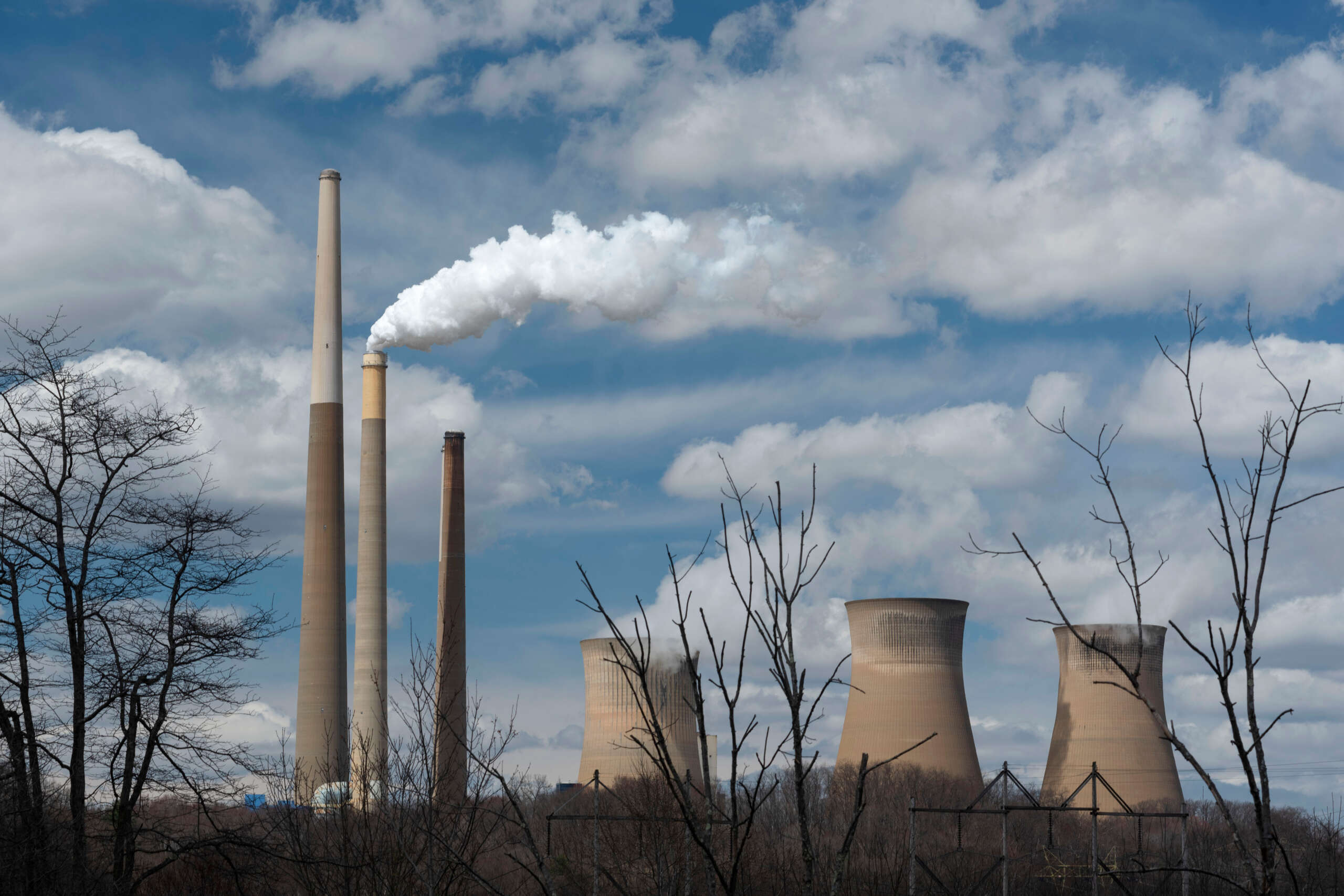Former Coal Plant Northwest of Pittsburgh Contaminates Groundwater
Coal ash, the byproduct of burning coal, contains hazardous substances such uranium, arsenic, cadmium, chromium, lead, lithium, and mercury. A recent investigation found that coal ash is contaminating groundwater near a decommissioned coal-fired plant in New Castle, Pa.. Exposure to these hazardous substances may cause thyroid, liver, and kidney damage, as well as neurodevelopment issues in children.
After burning coal for a century, U.S. power plants have produced almost five billion tons of coal ash. Currently, the power industry generates over 70 million tons of coal ash yearly.
Coal Plant Operators Are Intentionally Avoiding Contamination Protocols
In the U.S., 91percent of coal-fired power plants have ash landfills or waste ponds that are leaking hazardous chemicals and heavy metals into the groundwater nearby at levels that endanger streams, rivers, and drinking water aquifers. In order to avoid having to deal with contamination, it was also found that some of the operators fabricated data or inappropriately requested exceptions to rules.
GenOn’s New Castle Generating Plant Poses as a Major Risk
The GenOn Generating Plant in New Castle, Pa., demonstrates that groundwater levels of lithium and arsenic in the area are much higher than the U.S. Environmental Protection Agency’s (EPA) safety guideline. Lithium levels are 54 times higher than normal levels, while arsenic levels are 372 times higher, both of which pose serious health concerns to people.
Arsenic exposure has been linked to a variety of cancers, baby neurological defects, and skin conditions. Lithium exposure is linked to difficulties in fetal development, thyroid issues, kidney and neurological damage. As the Beaver River, which borders the GenOn plant, feeds the Ohio River and supplies drinking water to more than five million people, there is a significant risk of exposure to many people in the area.
The Coal Ash Rule
In response to about 160 instances of water contamination and many catastrophic coal ash spills, the EPA published the first-ever requirements for coal ash disposal in 2015, commonly referred to as the Coal Ash Rule.
Information about groundwater monitoring must be made available on the websites of coal ash disposal facilities, according to the regulation. Researchers collected and analyzed the data to create a database of these warnings. Results showed that many power firms were using illegal data and monitoring manipulation to get around clean-up regulations.
Businesses must collect samples from clean background wells located away from coal ash disposal sites to compare to wells on-site. However, it was found that companies commonly chose previously polluted regions to utilize as background wells, making it more challenging to find evidence of coal ash pollution. Many factories also failed to monitor a significant portion of a disposal region, disguised patterns of contamination using improper statistical techniques, and incorrectly assigned the contamination to another source. In accordance with the study, GenOn’s previous New Castle Plant argued that since the sites had been polluted previously, the plant shouldn’t be held responsible for its care and maintenance.
Have You Experienced Complications Due To Toxic Exposure?
At Goldberg, Persky & White P.C., our experienced attorneys are dedicated to helping you get the outcome you deserve. If you believe you are a victim of toxic exposure and are now suffering adverse health effects, please contact GPW to learn if you qualify for compensation.




